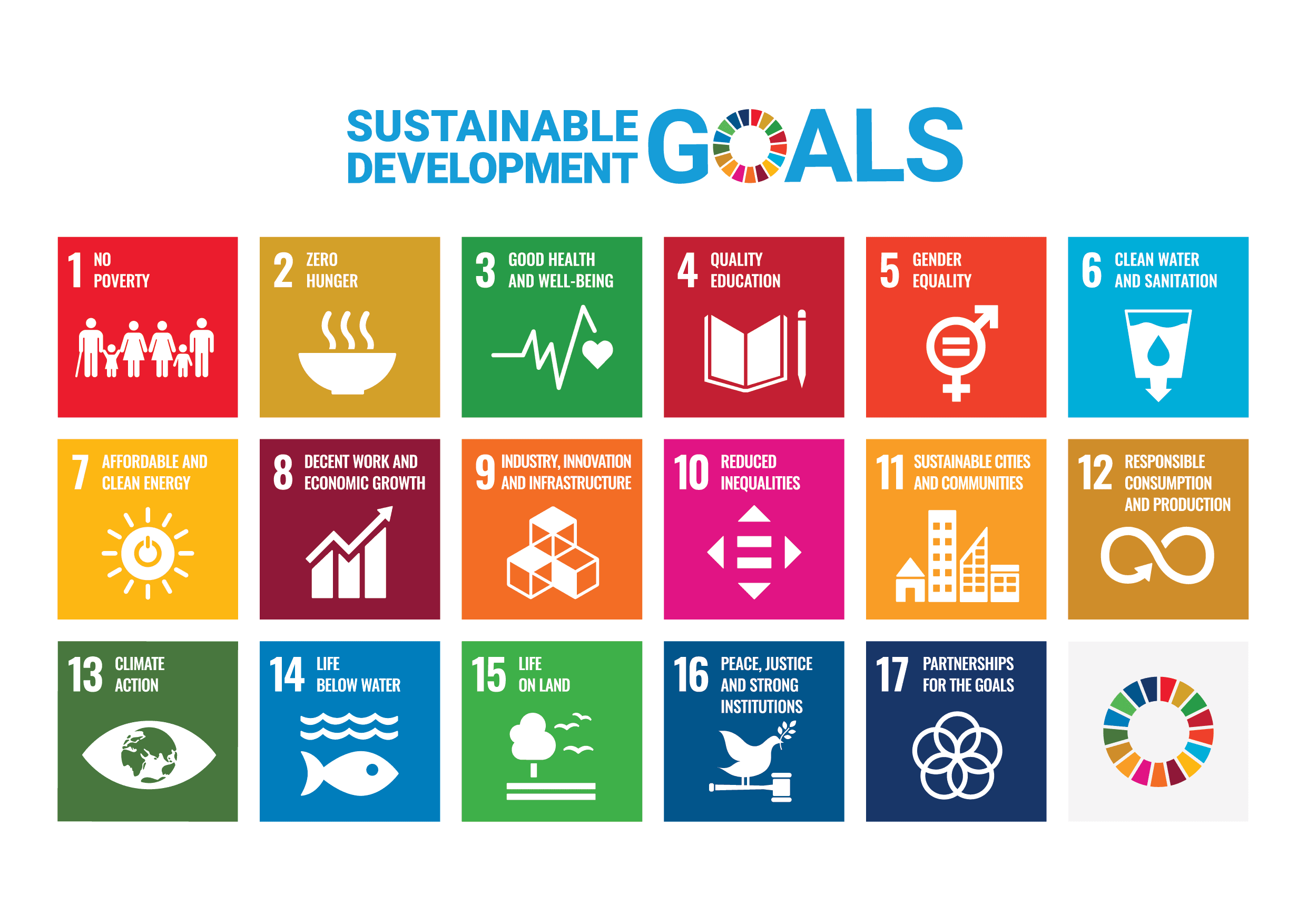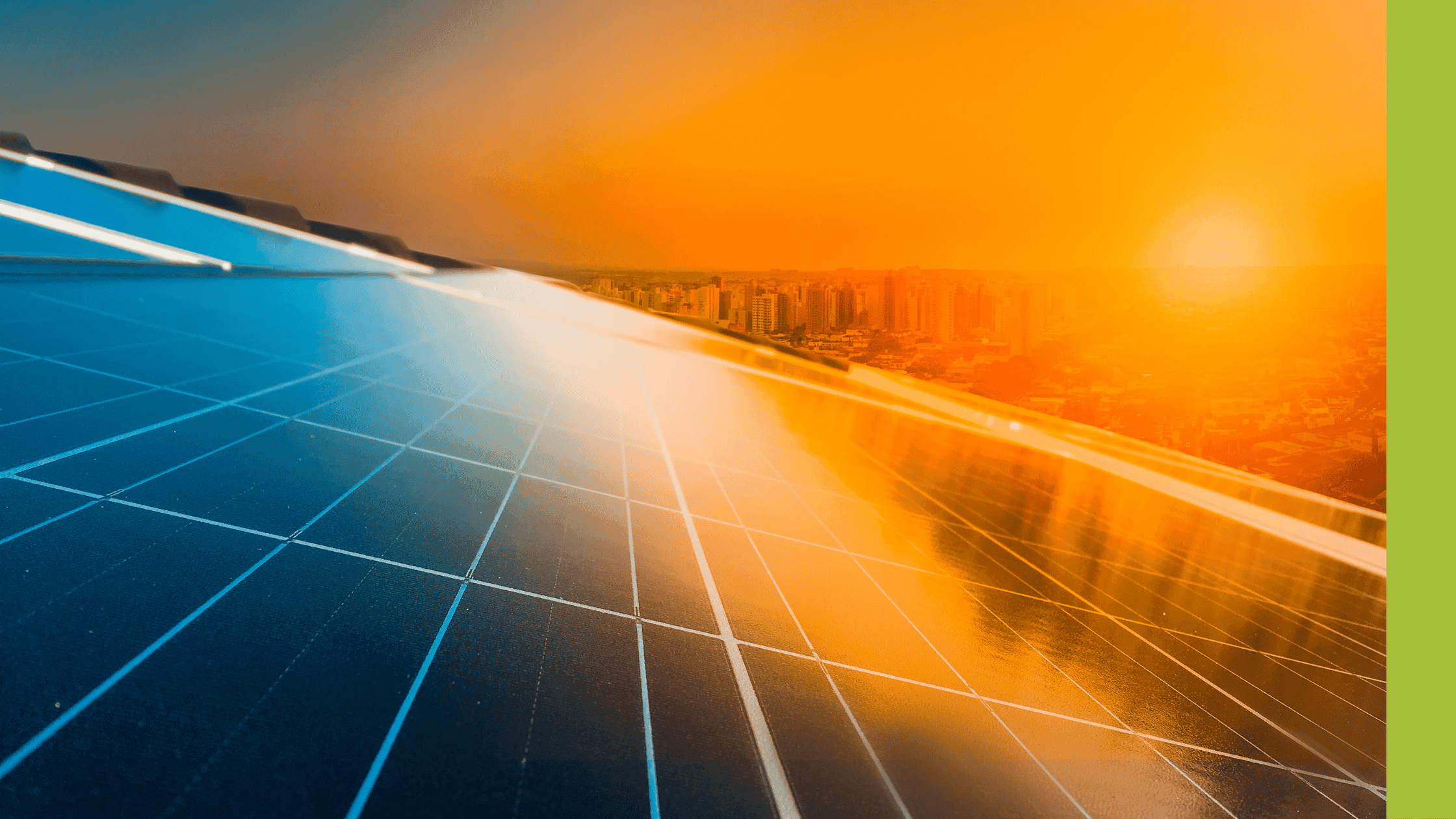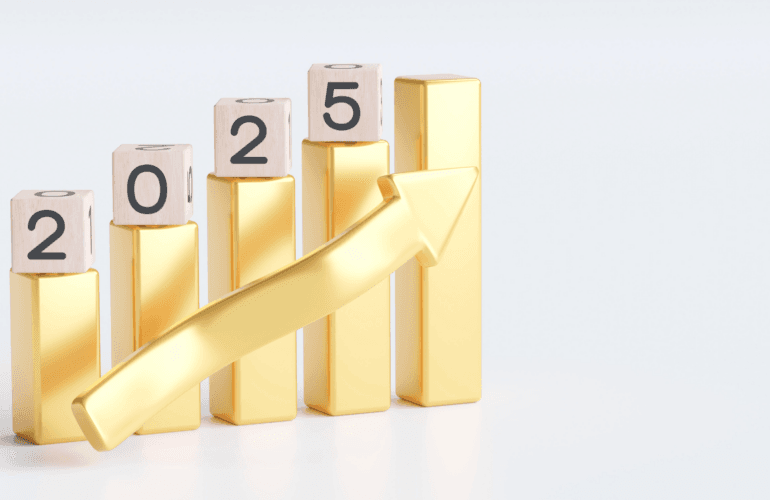Robots are strongly connected to our vision of the future, but if we want to create a more sustainable planet for the next generation, we need to harness this technology today. In this blog, we look at what the word ‘sustainability’ means and what robots are doing to support its development.
What does sustainable development mean?
Most people think of sustainability as the avoidance of depleting the world’s natural resources. In its broadest sense, it refers to an aspiration for humans to coexist safely without creating any lasting damage to the planet.
In 2015, the United Nations came up with an Agenda for Sustainable Development, and all of its member states were asked to adopt these goals as urgent call-to-actions.
There are 17 Sustainable Development Goals (or SDGs) from ending poverty to building resilient infrastructure and creating global partnerships for implementing all of this.

Earlier this year, the International Federation of Robotics (IFR) identified several areas where robots are helping the UN to achieve its sustainability goals.
Which sustainable development goals are included?
The goals identified by the IFR in May 2022 include some of the biggest areas where robots are making a difference across the world. The Federation picked out 13 goals, including:
- eliminating poverty and supporting sustainable agriculture
- promoting access to affordable, reliable, and clean energy
- ensuring responsible consumption and production patterns
Robots have the potential to reduce costs and improve efficiencies, so more time and money can be invested in other areas of research and development that will help the UN meet its goals, but this isn’t the only way they are adding value.
According to a group of scientists led by the University of Leeds, robots are helping in other ways, such as:
- performing autonomous manual tasks
- supporting human activities
- improving tracking and monitoring
- enhancing access to remote areas
In particular, the IFR points to the work by a German research centre on farm-bots.
Robots and sustainable development in action
The Fraunhofer EZRT centre for research and development added navigation technology to a mechanical weeder to work in a sugar beet farm. The BlueBob 2.0 was able to work autonomously to weed the plantation, freeing up the farmers’ time to do other tasks.
Taking over unskilled, labour-intensive, manual tasks is one of the things that robots do well. Automating agriculture processes, as in the example above, is just one way that robots are contributing to the first sustainable development goal to end poverty.
SDG7 – promoting access to clean energy – is another area where robots are making a difference. One factory in Sweden where they make solar panels and reflectors has seen its productivity significantly increase since it introduced automation into its business.
The company went from manually producing three solar collectors per day to one every six minutes using two robots. And this isn’t isolated to manufacturing, because machinery like this is also helping to improve innovation across industries globally.
The key takeaway on robots and sustainability
To meet the UN’s sustainability goals by 2030, it will take the concerted effort of people and organisations across the globe and robotics has an important part to play in that.
Robots can give us greater access to places we couldn’t previously reach, free up our time, and speed up innovation. Whether they are working autonomously or by our side, together we can achieve more.




